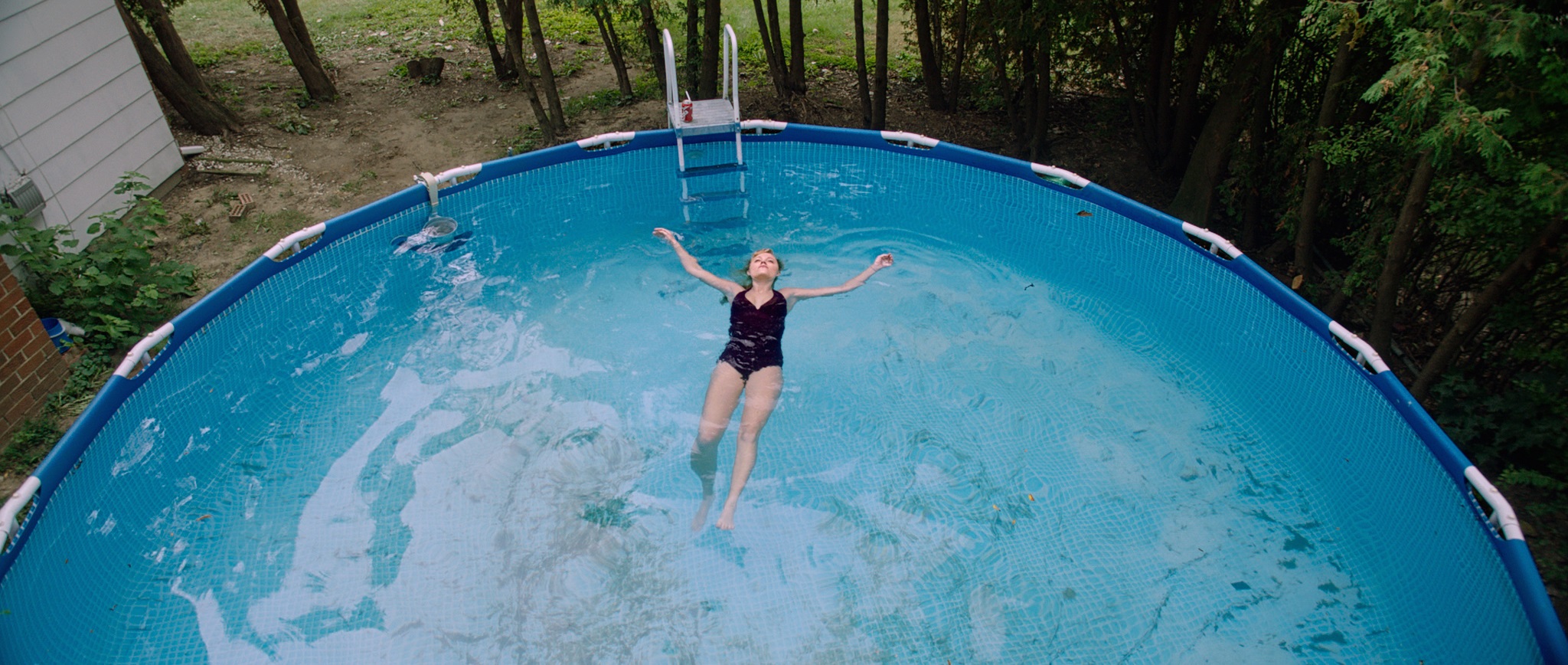Amidst the jump scares and suspenseful music, contemporary horror films are providing important commentary on politics and social inequality.
While films like Green Room and Get Out have generated considerable profit at the box office in addressing issues of race and class, women-led horror is getting a lot of attention in the independent realm. Take David Robert Mitchell’s 2014 film It Follows. It’s a film with only a handful of jump scares, where all of the monsters are revealed to be humans in the end. So why are we so scared? Critics have pointed to the film’s inventive score and sharp cinematography, emulating the horror films of the 1970s and 1980s. But as a woman watching the film, my fear seemed to come from somewhere else.
The monsters that torment the film’s main character, Jay, are virtually all women. In one scene, an old woman in pyjamas follows Jay through her high school. Another monster takes the form of a half-naked girl, wearing a bra similar to Jay’s.
It’s important to note that these monsters are only visible to Jay. Whenever she speaks about disliking herself or an aspect of her body, that insecurity manifests itself in the form of a monster in a subsequent scene. Each of these occurrences relates to what society thinks idealized femininity looks like.
A key theme of the film is undeniably Jay’s sexual awakening. Before her first sexual encounter takes place, her life is depicted in symbols often used to represent a person’s childhood: hopscotch, getting popsicles with her sibling, plucking blades of grass from the ground. After Jay has sex with her friend Jeff, she then becomes surrounded by symbols of adulthood and sexuality. She now plucks flowers from the ground instead of grass, and her younger sister begins wearing more revealing clothing. The first monster to terrorize her after the encounter is a naked woman.
It Follows largely plays with the idea of looking and being looked at, and not according to the male gaze we’re used to in horror films. Though some men watch Jay, most of the film depicts women watching Jay or Jay watching other people.
One of the most eerie shots in the film takes place at the very beginning, while Jay sits at her vanity table applying makeup. The objects in her room are mostly indistinct. The only thing clearly visible is her face, which is brightly lit and doesn’t have a single blemish. She moves from staring down at her body to looking up at her face in the mirror. The camera moves closer and closer to her reflection. I felt uncomfortable observing someone so closely.
The film also forgoes Hollywood conventions of cinematography and editing. Jay’s perspective is usually shown through shaky point-of-view shots and slow pans. The camera focuses on the characters for uncomfortable lengths of time. Shots seem to linger for what feels like too long. Sometimes, we see characters react to horrifying events without actually seeing the events take place.
These shots made me question my own gaze as an audience member, and why I wanted to see these events in the film unfold. Additionally, I was following Jay as much as any of the film’s monsters. Was I supposed to be just as monstrous as them?
While It Follows is about a girl’s sexual awakening, I see a larger overarching theme of the female body and its relation to trauma. Jay and her friends try to run away from the monsters, but as the film ends, they accept that they cannot. The fear of being watched is always a relevant one for women, and It Follows does a compelling job of particularly playing up the experiences of those who are coming of age.

